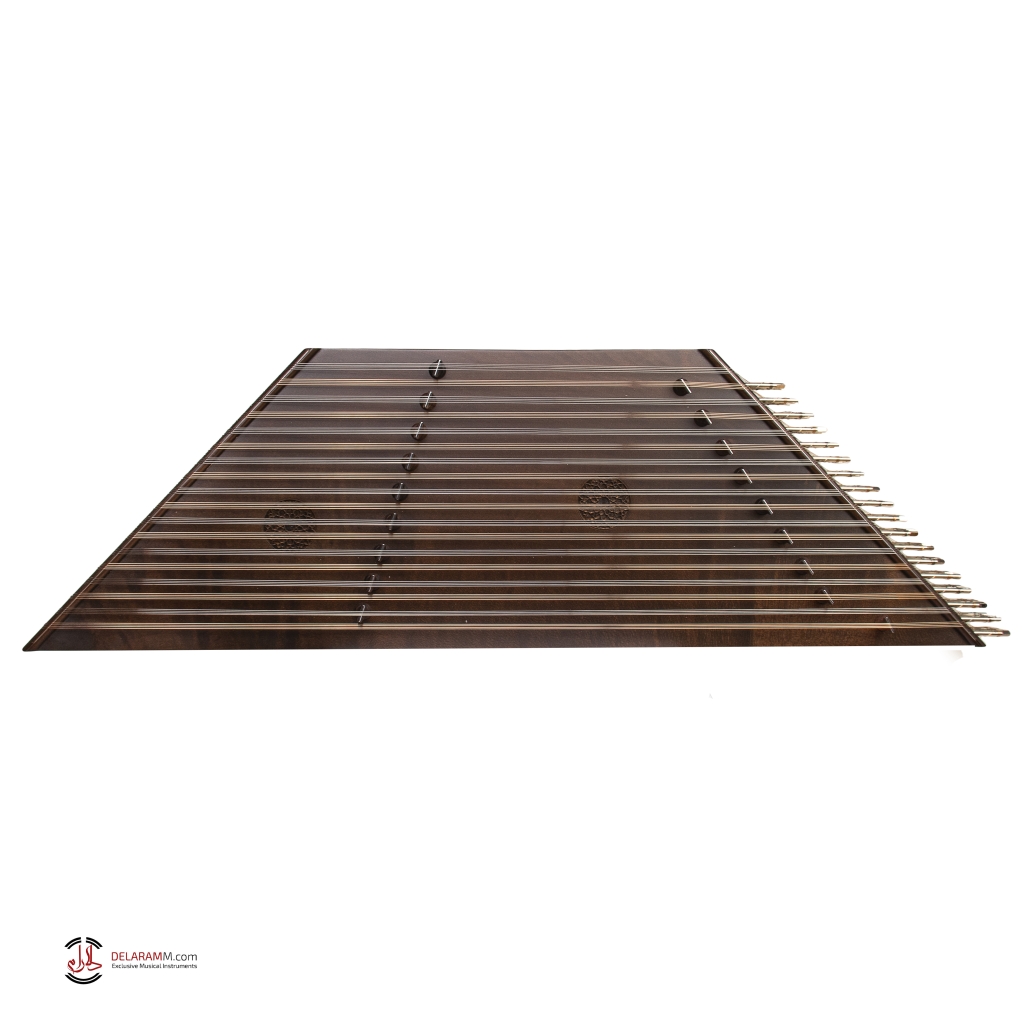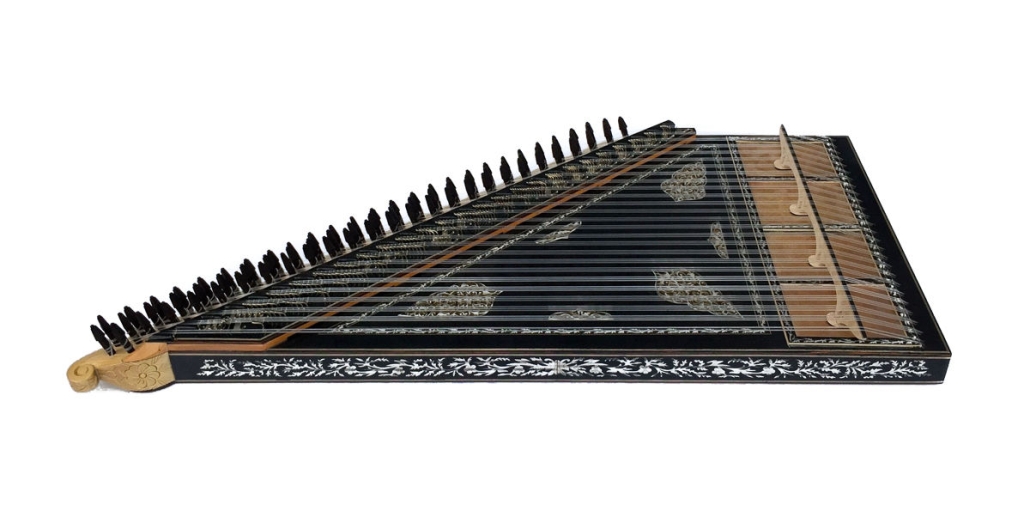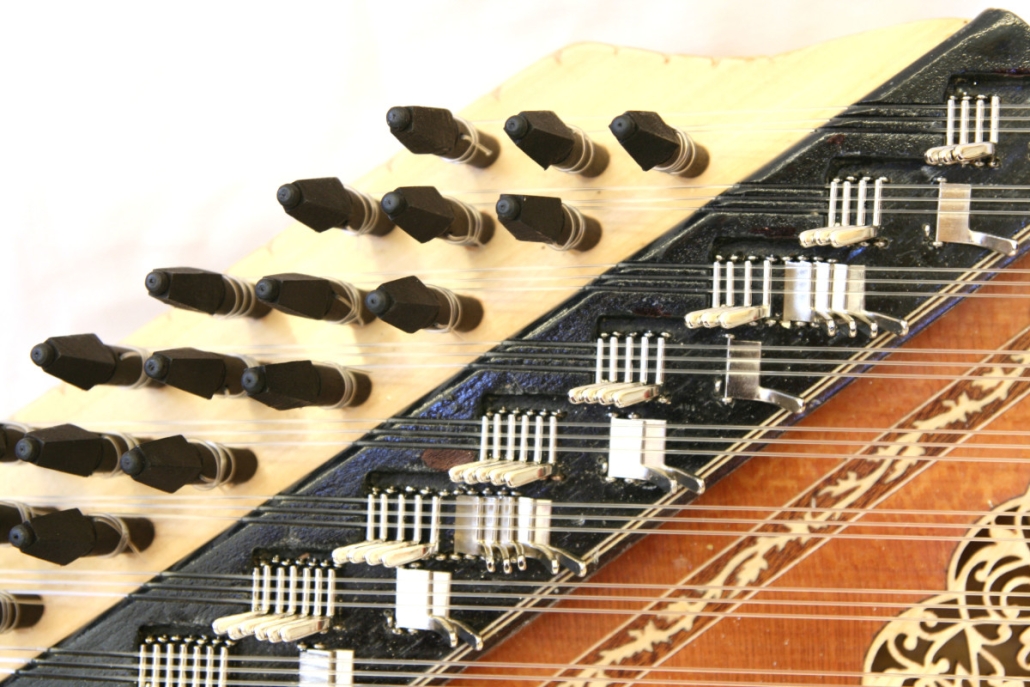The Differences Between Santoor and Qanun: A Comprehensive Comparison
Musical instruments reflect the cultural and historical contexts from which they originate, carrying traditions that have been passed down for centuries. Among the vast array of world instruments, the Santoor and the Qanun stand out as significant within their respective musical traditions. While they share similarities as string-based instruments, they also differ in construction, playing techniques, and musical roles. This article explores the differences between the Santoor and the Qanun to provide both expert and beginner musicians with a comprehensive understanding of these two fascinating instruments.
Construction and Design: Santoor vs. Qanun
The primary distinction between the Santoor and Qanun lies in their construction and design.
- The Santoor features a trapezoidal wooden frame, typically crafted from walnut or maple wood, which contributes to its resonance and tonal richness. The instrument has between 72 to 100 metal strings arranged in sets of three to four, each set tuned to the same pitch. The Santoor is played with lightweight wooden mallets (Mezrab), which strike the strings to produce sound.
- The Qanun, on the other hand, is a large zither-like instrument with a flat, right-angled trapezoidal shape. Traditionally made from walnut or mulberry wood, the Qanun has 81 to 96 strings arranged in courses of three. Unlike the Santoor, the Qanun is played by plucking the strings using plectra attached to the fingers. A unique feature of the Qanun is its small metal levers (Mandals) that allow musicians to adjust the pitch in real time, a crucial aspect of Middle Eastern microtonal music.
Playing Techniques: Striking vs. Plucking
Another significant difference between the Santoor and Qanun lies in their playing techniques.
- The Santoor is played by striking the strings with wooden mallets (Mezrab), requiring precise hand control to achieve the desired dynamics and tone. Santoor players must master its complex layout, as each set of strings can produce different pitches depending on where they are struck. Advanced players develop intricate rhythmic and melodic techniques, making the Santoor ideal for fast, dynamic passages.
- The Qanun, in contrast, is played by plucking the strings using plectra attached to the fingers. Skilled Qanun players frequently adjust the Mandals while playing to produce quarter tones, essential in Arabic Maqam, Turkish Makam, and Armenian music. The technique requires agility, as musicians must pluck strings rapidly and precisely while simultaneously manipulating the Mandals for microtonal shifts.
Sound Differences: Timbre and Tonal Quality
The timbre and tonal quality of the Santoor and Qanun also set them apart.
- The Santoor produces a bright, percussive sound with a shimmering resonance due to its hammered playing style. Its sustained, bell-like tones create a mesmerizing effect, making it ideal for melodic improvisations and fast-paced compositions.
- The Qanun, in contrast, has a warm, rich sound with greater tonal depth. Since it is plucked, it offers more control over sustain, attack, and vibrato, making it a fundamental harmonic instrument in Middle Eastern orchestras and ensembles.
Musical Roles and Repertoire
The Santoor and Qanun play different roles in their respective musical traditions.
- The Santoor is predominantly used as a solo instrument in Persian classical music and Hindustani classical music. While it occasionally plays in ensembles, its role is primarily melodic and rhythmic, adding expressive depth to performances.
- The Qanun is a core instrument in Middle Eastern ensembles such as Takht or Firqa, where it serves both melodic and harmonic functions. It is frequently used to accompany vocalists and other instruments, providing rich harmonic textures.
Santoor vs. Qanun: A Quick Comparison Table
| Feature | Santoor | Qanun |
|---|---|---|
| Shape | Trapezoidal | Right-angled trapezoidal |
| Material | Walnut or maple wood | Walnut or mulberry wood |
| Number of Strings | 72 to 100 | 81 to 96 |
| Playing Method | Struck with mallets (Mezrab) | Plucked with plectra |
| Tuning Mechanism | Fixed tuning | Adjustable tuning with Mandals |
| Microtonal Adjustments | Not available | Available via Mandals |
| Sound Quality | Bright, percussive, and resonant | Warm, rich, and deep |
| Primary Use | Solo instrument in Persian and Indian classical music | Ensemble instrument in Middle Eastern and Arabic music |
| Performance Role | Melodic and rhythmic | Harmonic and melodic |
Cultural Significance and Aesthetic Appeal
Beyond their musical roles, both instruments hold deep cultural and aesthetic significance.
- The Santoor, with its elegant structure and shimmering sound, is a symbol of Persian and Indian classical heritage. Its complex yet mesmerizing tonal qualities make it an instrument that demands both technical mastery and emotional depth.
- The Qanun, with its intricate design and highly expressive tonal palette, is a central instrument in Middle Eastern music. It has been played for centuries in royal courts and grand orchestras, and its ability to produce microtonal scales makes it an essential component of Arabic, Turkish, and Armenian music traditions.
Cultural Significance and Aesthetic Appeal
Beyond their musical roles, both instruments hold deep cultural and aesthetic significance.
- The Santoor, with its elegant structure and shimmering sound, is a symbol of Persian and Indian classical heritage. Its complex yet mesmerizing tonal qualities make it an instrument that demands both technical mastery and emotional depth.
- The Qanun, with its intricate design and highly expressive tonal palette, is a central instrument in Middle Eastern music. It has been played for centuries in royal courts and grand orchestras, and its ability to produce microtonal scales makes it an essential component of Arabic, Turkish, and Armenian music traditions.
Conclusion: Which Instrument Should You Choose?
Choosing between the Santoor and Qanun depends on your musical goals and preferences:
- If you prefer percussive, dynamic melodies and want to explore Persian or Hindustani classical music, the Santoor may be the right choice for you.
- If you are drawn to harmonic and melodic accompaniment, and want to delve into Middle Eastern or Arabic music, the Qanun would be an excellent fit.
At Delaram Music, we offer a wide selection of Santoors and Qanuns to suit various skill levels and budgets. Whether you are a beginner or a professional musician, we provide expert consultations and international shipping. Visit our website today to explore our collection and immerse yourself in the rich traditions of these extraordinary instruments!




